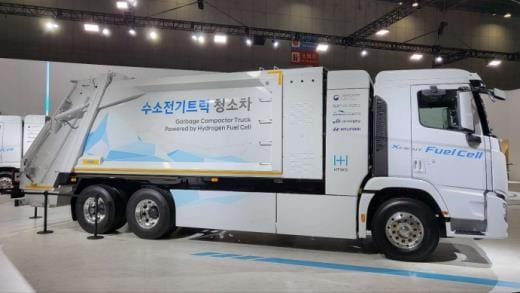East Gimhae IC–Sikman JCT Regional Arterial Road Opens

Busan, South Korea - The much-anticipated East Gimhae Interchange (IC) to Sikman Junction (JCT) Regional Arterial Road officially opened today, December 16, with a grand ceremony attended by over 200 officials and local residents. The new road, which will be available for public use starting December 17 at 3:00 PM, promises to significantly alleviate traffic congestion in Busan and neighboring regions while reducing travel times to key logistical hubs.
The East Gimhae IC–Sikman JCT Regional Arterial Road spans 4.6 kilometers and features five connected bridges and two major intersections. The project, completed at a total cost of ₩897 billion (₩444 billion from national funds and ₩453 billion from local funds), has been under development since its selection as a regional arterial road project in 2007.
Busan Mayor Park Heong-joon, speaking at the ceremony, remarked, “This new road will ease chronic traffic congestion in the region and significantly cut travel times to key facilities like Busan New Port and Jinyeong Station. It also marks a foundational step toward transforming West Busan’s transportation network with the planned opening of the Daejeodaegyo Bridge.
The new road is set to connect East Gimhae IC, part of National Route 14, to Sikman JCT, which links with Nakdongbuk-ro and the Namhae Expressway. This strategic connection directly addresses longstanding bottlenecks in the region, including Nakdongbuk-ro, Gimhae-daero, and the Namhae Expressway.
Key travel time reductions include:
- East Gimhae IC to Busan New Port: From 28 minutes to 18 minutes (a 35% reduction).
- East Gimhae IC to Jinyeong Station: From 21 minutes to 15 minutes (a 28% reduction).
- East Gimhae IC to Sasang District (via the upcoming Daejeo Bridge): Expected to take just 12 minutes, down from 22 minutes (a 45% reduction).
These improvements are expected to benefit both daily commuters and businesses, enhancing connectivity between Busan’s western areas and major logistical hubs.
The road is particularly significant for its economic implications. By improving access to Busan New Port and other critical logistics centers, it supports the seamless flow of goods and reduces costs for businesses operating in the region. Additionally, improved connectivity to nearby residential and industrial zones is expected to enhance the quality of life for residents.
This project is part of a broader vision to enhance Busan’s transportation infrastructure. The integration of this road with the Daejeodaegyo Bridge, currently under construction, will further solidify West Busan’s status as a key transportation and logistics hub in South Korea.
The road’s construction has been a lengthy process, involving multiple evaluations, agreements, and adjustments:
- 2009: Completion of preliminary feasibility studies.
- 2013–2016: Reassessment of project feasibility and total cost adjustment.
- 2017: Busan City took over as the primary project manager from Gimhae City.
- 2019: Construction began in earnest.
- 2024: Project completion and opening.
The long-term collaboration between Gimhae City and Busan City was instrumental in overcoming administrative and logistical hurdles to bring this vital infrastructure project to life.
The opening ceremony, held at East Gimhae IC, included speeches by key officials, a ribbon-cutting ceremony, and a symbolic button-pressing event to mark the road’s completion. Attendees included the Mayor of Busan, the Mayor of Gimhae, local members of the National Assembly, and representatives from the Busan and Gyeongnam Provincial Councils.
With the East Gimhae IC–Sikman JCT Regional Arterial Road opening, residents and businesses alike can look forward to a smoother and more efficient travel experience.



Comments ()